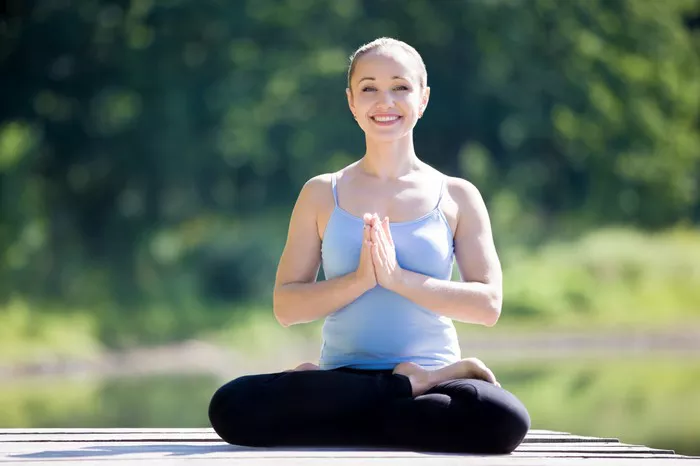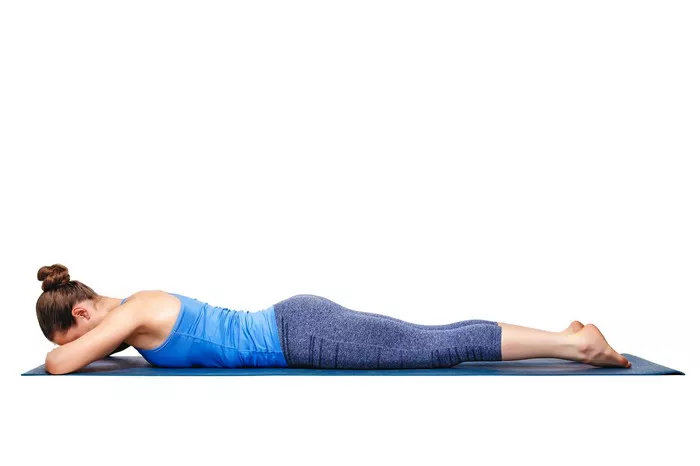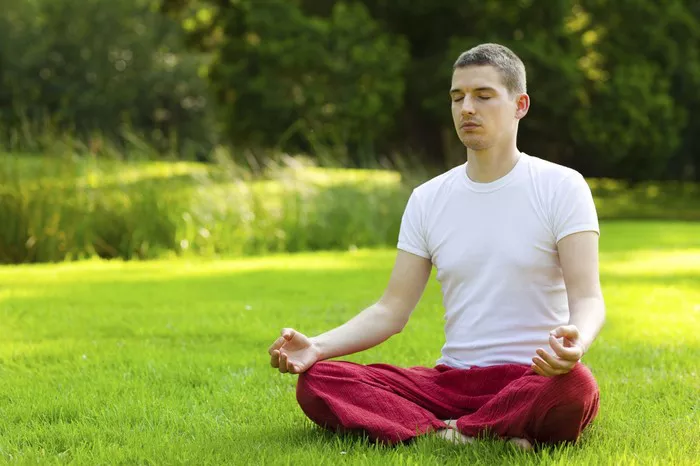Yoga, a practice that dates back thousands of years, has evolved into a variety of styles, each offering unique benefits to practitioners. While some styles are fast-paced and intense, others offer a more serene and calming approach. Gentle and Restorative yoga are two such styles that focus on relaxation, recovery, and mindfulness. But what exactly are they? How do they differ from other types of yoga, and what makes them so effective for overall well-being?
In this article, we will explore the core principles of gentle and restorative yoga, their differences, benefits, and how to incorporate them into your daily life. Whether you are a seasoned yoga practitioner or someone looking to start, this guide will help you understand the power of these slower, more mindful practices.
What is Gentle Yoga?
Gentle yoga is exactly as it sounds: a soft, slower-paced form of yoga that emphasizes ease and comfort. Unlike more physically demanding styles like Ashtanga or Vinyasa, gentle yoga focuses on slow movement, breathing, and deep stretching. This practice is often recommended for those new to yoga, seniors, or anyone recovering from an injury or seeking a more relaxed experience.
Core Elements of Gentle Yoga
Slow and Steady Movements: Gentle yoga encourages slower movements to allow the practitioner to feel into each pose, improving flexibility and reducing the risk of injury.
Breathing Awareness: Just as in other forms of yoga, breath control is vital in gentle yoga. Deep, conscious breathing helps calm the nervous system, reduces stress, and enhances the benefits of each pose.
Focus on Alignment: Proper alignment is emphasized to ensure that the body is in a position that is both effective and safe. This attention to alignment supports the joints and muscles while preventing unnecessary strain.
Accessible for All Levels: One of the greatest aspects of gentle yoga is its inclusivity. Whether you’re a beginner or a more advanced practitioner looking for a less strenuous option, gentle yoga can meet you where you are.
Benefits of Gentle Yoga
Gentle yoga offers a wide array of physical, mental, and emotional benefits. Let’s dive deeper into some of these:
Improved Flexibility: The slow, mindful stretching in gentle yoga encourages the muscles to release tension and lengthen over time, gradually increasing flexibility.
Stress Relief: The focus on breathwork and mindfulness helps to trigger the parasympathetic nervous system, inducing a relaxation response and lowering stress levels.
Enhanced Mobility: Since the practice emphasizes safe, careful movement, it can be highly beneficial for individuals with limited mobility or those recovering from injuries.
Pain Relief: Gentle yoga can also help to alleviate chronic pain by releasing muscle tightness and promoting blood flow to the affected areas.
Emotional Balance: The meditative nature of gentle yoga helps reduce feelings of anxiety or depression, leaving you with a sense of calm and inner peace.
Who Can Benefit from Gentle Yoga?
Gentle yoga is suitable for a variety of individuals, including:
Beginners: If you’re new to yoga, gentle yoga offers an approachable entry point without feeling overwhelmed.
Older Adults: Seniors benefit from the low-impact nature of this style, which helps maintain joint health, balance, and mobility.
People Recovering from Injury: Those with chronic pain, injuries, or limitations will find that gentle yoga supports their healing process.
Anyone Needing Stress Relief: If you’re dealing with anxiety, high stress, or burnout, gentle yoga’s slow pace and focus on breathing can offer tremendous relief.
What is Restorative Yoga?
Restorative yoga, while similar to gentle yoga, takes the relaxation and recovery aspects even further. In this practice, the body is fully supported by props such as blankets, bolsters, and blocks to allow deep relaxation in each pose. The focus is not on muscle engagement or flexibility but on complete rest, recovery, and rejuvenation.
Core Elements of Restorative Yoga
Props for Support: Unlike in other yoga practices, restorative yoga relies heavily on props to support the body in passive postures. This allows the practitioner to release physical effort and simply rest in each position.
Longer Holds: In restorative yoga, poses are typically held for 5–15 minutes or longer. This extended duration helps the body relax deeply and encourages the nervous system to shift into a state of rest and repair.
Focused Breathwork: Restorative yoga emphasizes slow, deep breathing to help calm the mind and activate the parasympathetic nervous system—the body’s “rest and digest” response.
Passive Stretching: The poses in restorative yoga are less about active stretching and more about allowing gravity and the props to support the body, which helps the muscles and tissues gently release and unwind.
Benefits of Restorative Yoga
Restorative yoga is known for its deep healing effects on both the body and the mind. Here are just a few of the key benefits:
Restoration of Energy: By encouraging total relaxation, restorative yoga allows the body to recover from physical and mental fatigue, leaving you feeling energized and revitalized.
Reduced Stress and Anxiety: The long-held poses and deep breathing trigger the relaxation response in the body, reducing the symptoms of anxiety, insomnia, and depression.
Enhanced Recovery: For those who engage in intense physical activities, restorative yoga aids in recovery by increasing circulation, reducing inflammation, and promoting muscle repair.
Mindfulness and Emotional Healing: Restorative yoga offers a powerful opportunity for deep introspection and emotional release. By holding poses for long periods, practitioners often experience a shift in emotional states, helping them process feelings of grief, frustration, or emotional blockages.
Improved Sleep Quality: Regular practice of restorative yoga, especially before bed, can promote better sleep by calming the nervous system and reducing the effects of stress on the body.
Who Can Benefit from Restorative Yoga?
Restorative yoga is ideal for:
People with Chronic Stress or Anxiety: If you’re dealing with constant stress or mental fatigue, restorative yoga can help to calm your mind and rejuvenate your body.
Those Recovering from Injury or Illness: For individuals in recovery, restorative yoga provides gentle support and aids in healing without putting additional strain on the body.
Seniors or Those with Limited Mobility: The supportive nature of restorative yoga makes it accessible for older adults or anyone experiencing physical limitations.
Anyone Looking for Deep Relaxation: If you’re in need of a profound, deeply restorative practice, restorative yoga is an excellent way to de-stress and recharge.
How Do Gentle and Restorative Yoga Differ?
While gentle and restorative yoga share many similarities, there are key distinctions between the two:
Intensity and Effort:
Gentle Yoga involves slow, mindful movements that require a small amount of effort to stretch and strengthen muscles.
Restorative Yoga requires almost no physical effort, with poses designed to fully support the body using props. The focus is on complete relaxation rather than movement.
Duration of Poses:
In gentle yoga, poses are held for a shorter period, generally a few breaths to a couple of minutes.
In restorative yoga, poses are held much longer—anywhere from 5 to 15 minutes, allowing for deep relaxation and recovery.
Focus:
Gentle Yoga maintains a balance between movement and relaxation, targeting the physical body while still offering stress-relief benefits.
Restorative Yoga is more about creating space for the body and mind to recover and heal, with less emphasis on stretching or strengthening.
See Also: Can Restorative Yoga Help Relieve Sciatica Pain?
How to Incorporate Gentle and Restorative Yoga into Your Routine
If you’re interested in experiencing the benefits of gentle and restorative yoga, it’s helpful to start small and gradually build a routine that works for you. Here are some tips for integrating these practices into your life:
Start with a Gentle Yoga Class:
Find a Class: If you’re new to gentle yoga, consider joining a class to learn the proper alignment and breathing techniques. Many yoga studios offer gentle classes, or you can find online videos that guide you through the practice.
Focus on Breath: In the beginning, focus on connecting with your breath and moving slowly. Don’t worry about “getting it right”; let your body guide you.
Use Props: A bolster, blanket, or block can be useful to help support your body as you move through poses.
Add Restorative Yoga into Your Weekly Routine:
Set Aside Time for Relaxation: Restorative yoga is meant to be a practice of rest and deep relaxation, so it’s important to create a quiet, comfortable space free from distractions.
Use Props Generously: Make use of pillows, blankets, and blocks to support your body in each pose, allowing you to fully relax.
Hold Poses for Longer: Don’t rush through the practice. Allow yourself to stay in each position for 5–15 minutes, focusing on your breath and letting go of tension.
Create a Balanced Routine:
Mix Both Styles: You don’t need to choose one practice over the other. Gentle yoga and restorative yoga can complement each other well. For example, you can do a gentle flow in the morning and a restorative session in the evening to unwind.
Listen to Your Body: Both practices are about being mindful of your body’s needs. If you’re feeling more energetic, you may prefer gentle yoga. On days when you’re exhausted or need emotional healing, restorative yoga can be a perfect choice.
Conclusion
Gentle and restorative yoga offer a peaceful, nurturing approach to overall wellness. By slowing down and practicing mindful movement, breathing, and relaxation, you can experience reduced stress, improved flexibility, enhanced recovery, and emotional healing. Whether you are new to yoga or an experienced practitioner, these practices can help you cultivate a balanced and sustainable approach to physical and mental health.
As we continue to navigate the demands of modern life, incorporating gentle and restorative yoga into our routines can help us restore balance, find inner peace, and rejuvenate both body and mind. Start small, listen to your body, and watch how these transformative practices support your well-being on a deeper level.
You Might Be Interested In



















